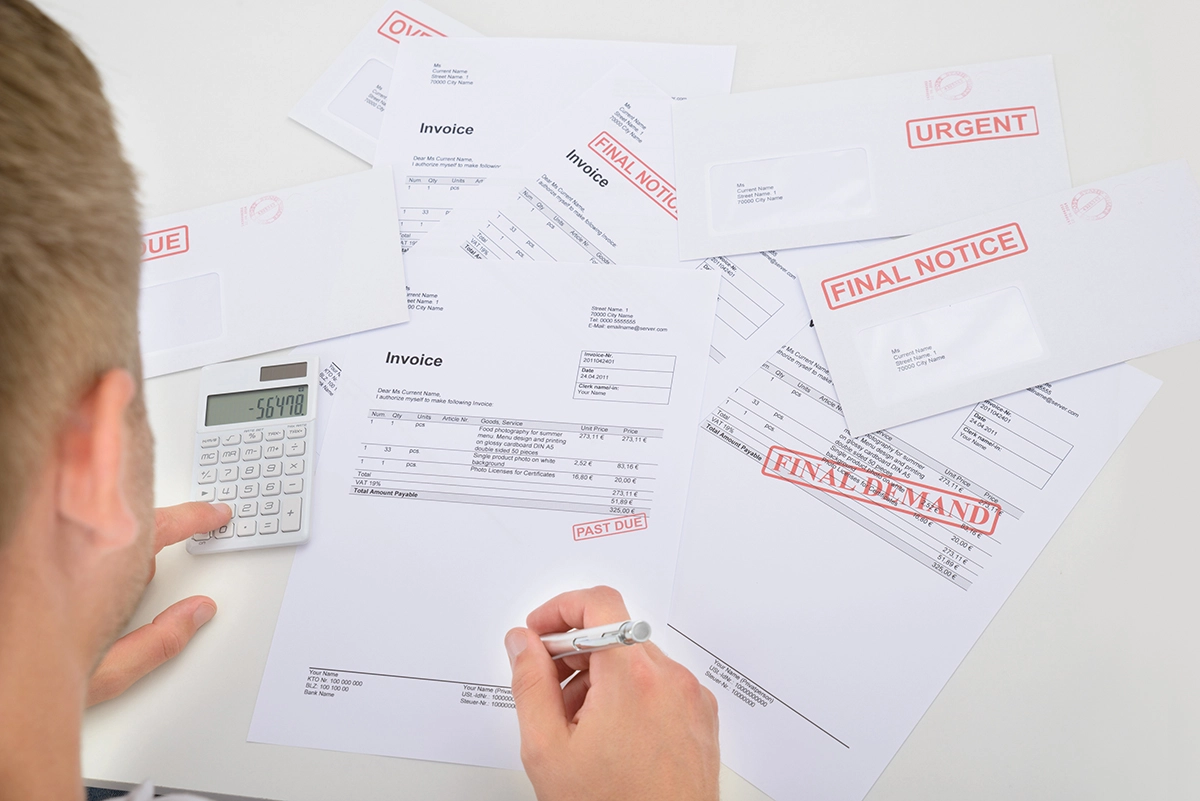Building your cash balance is the first step in building wealth. How much cash do you need?
The answer depends on your tolerance for risk. Some owners choose to have three months of overhead expenses in the bank at all times. Others want six weeks of payroll. Others want a year’s worth of operating expenses. Others have less than a month’s operating expenses saved.
Some contractors live off their lines of credit and don’t have much cash saved. But, what happens when the bank changes hands or the management philosophy changes and they call your line of credit — even if it is current?
Here’s a sad story about how a bank almost put an HVACR contractor out of business.
The contractor had a very profitable HVACR business with a line of credit exceeding $1 million. In the first quarter of each year they would use the line of credit. Then, when they were in their busy season, they would pay off the line of credit. This pattern went on for more than five years. The line of credit was current and the company abided by the rules for using the line of credit (being zero for at least 30 days out of each year).
One day, during the start-up of their busy season, the owner got a call from his banker. The banker said they were calling the line of credit and he had 30 days to come up with more than $1 million. The owner was in shock. After all, the line was current and they had this line for many years.
The banker said the bank was under new management and they were changing all credit policies. His company’s line of credit was deemed too risky and was no longer wanted by the new owners of the bank.
It was early spring and the company didn’t have $1 million in cash. The owner scrambled to find another bank and, luckily, he did. He vowed to save the cash so that he would never be in this situation again. The company would be its own line of credit.
How Do You Save Cash?
Save one percent of all cash that comes in the door in a separate savings account and as much of the residential maintenance money that is paid up front or monthly. As this account grows you can decide what to do with the cash in savings.
That means invest it, not spend it on personal things.
Don’t do what one of my clients did: They paid attention and did what I asked — they put the majority of their residential maintenance money that customers paid in advance in a separate savings account.
The dollars in that account grew large (more than six figures) and the owner decided to take some of the cash to fund an expensive personal toy.
When I found out that he had taken the money out of the account, asked, “Why did you touch the money? That was for your retirement. Do you know how much you have to generate to put that back?”
I was nice about it, but firm. He realized what he had done and the company worked extremely hard to put the money back in the savings account. The next year around the same time I called him and asked whether he was taking money out this year. His comment, “No. I gave my stupid gene to my competitor!” He learned a hard lesson.
The initial savings account should probably be in the bank where you have your operating account. This way you can transfer one percent of the deposit each week when your bookkeeper prepares the weekly cash flow report or each time you make a deposit.
As the amount in that account grows, and it grows over the maximum Federally insured amount, consider moving some of it to an account that provides interest and is not in the same bank. This will decrease your temptation to take it out on the spur of the moment. You may also want to invest in some non-liquid wealth building assets.
Here’s what could happen when you save the money:
I was presenting at an ACCA conference. A person in the audience raised his hand when I started talking about saving one percent of revenues. He asked whether he could tell a story. I said yes.
The contractor said that he was in another one of my presentations in the mid 1990s where I talked about saving one percent of revenues. He started doing it and built up a large sum of money. When the recession hit in the mid to late 2000s, the building next to his came on the market at a cheap price because the owner of that building needed money.
Jack had the money in the savings account so he wrote a check for the building next to his building. He rented the space and had positive cash flow on that building. He told the audience and me that he had recently sold the building for a lot of money. And, Jack gave his thanks for me giving him the idea to save one percent of revenues.
The key to saving is to be consistent. Every bank deposit should have one percent of the deposit amount transferred to a savings account. Or, when your bookkeeper calculates your weekly cash flow report described in the Wealth Rule No. 5, the transfer can be made once a week. Just do it on a regular basis.






